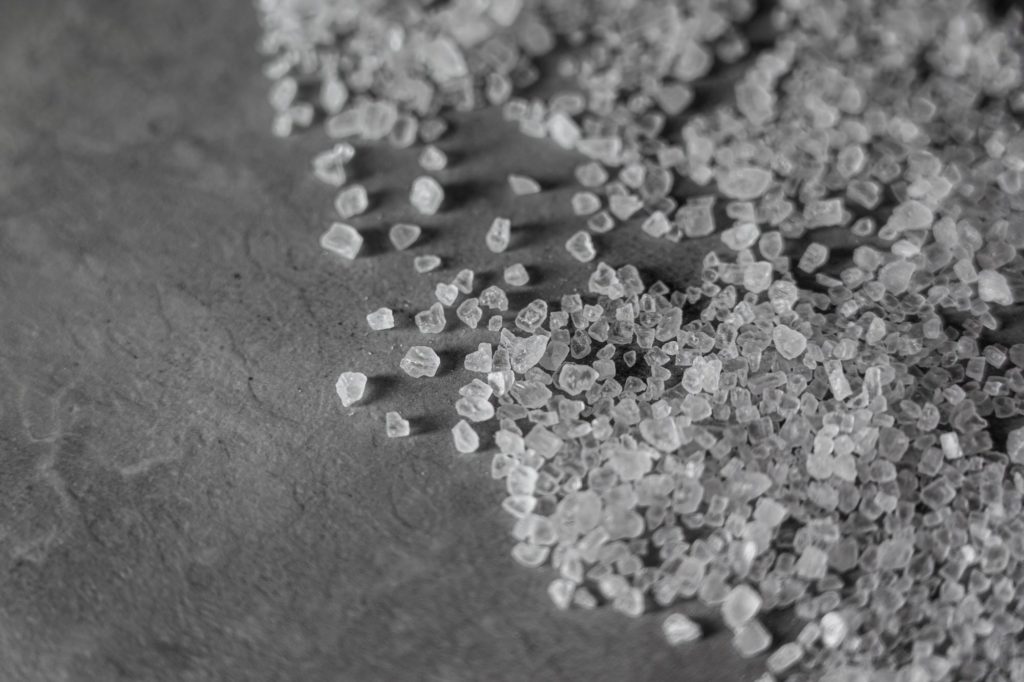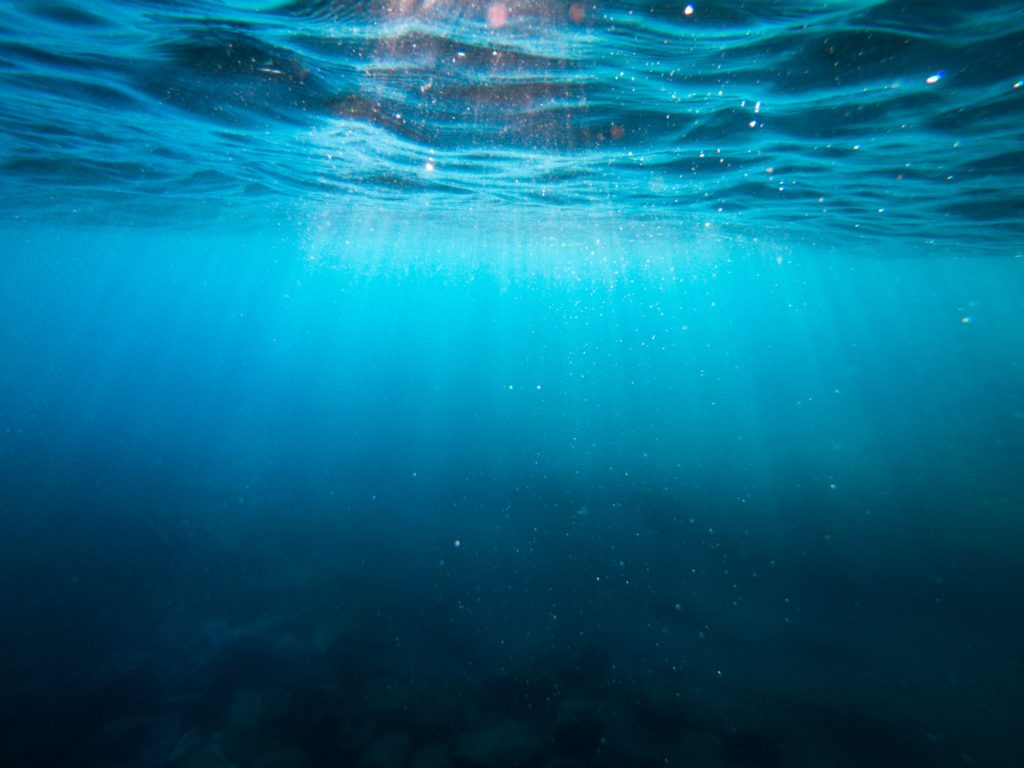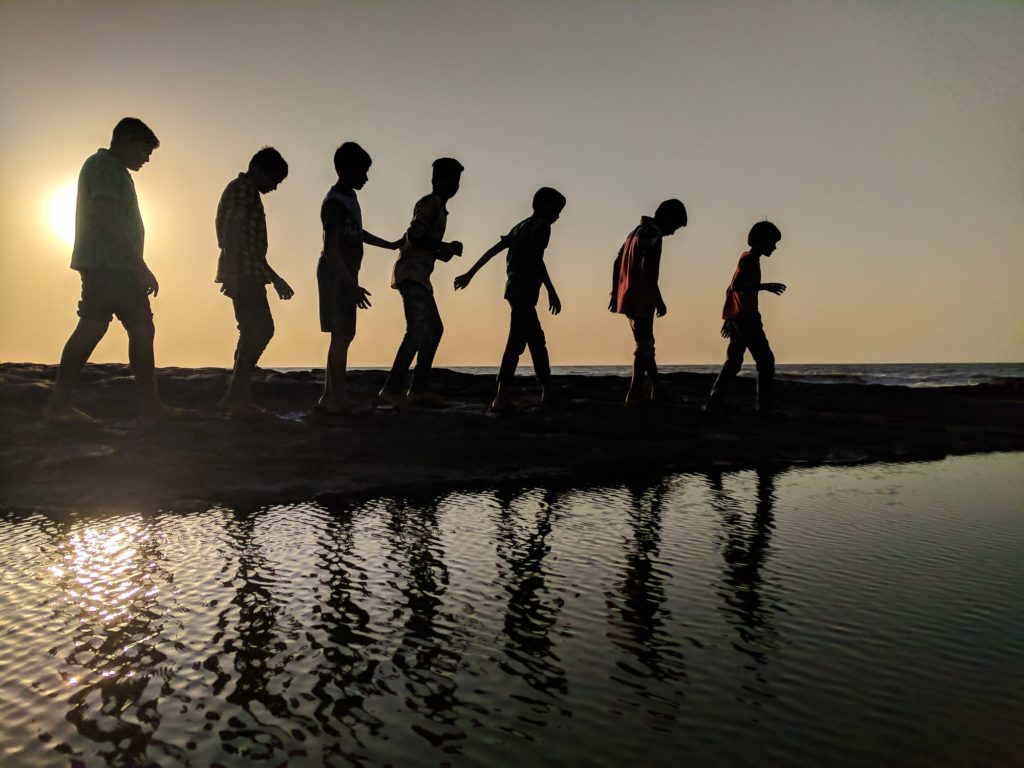
On Monday, June 19, 2023, the 193 Member States of the United Nations formally adopted the Treaty of the High Seas aimed at protecting biodiversity beyond national borders, until now threatened by pollution, climate crisis and overfishing.
It took more than two decades of negotiations to find a common wave to be able to regulate the activities and the preservation of marine biodiversity in the high seas, beyond the areas of national jurisdiction.

The areas considered “High Seas” cover about 70% of the ocean surface and about 95% of its volume, thus hosting a large part of marine biodiversity. The new agreement will act to counter the three current planetary crises – climate, biodiversity loss and pollution – and reverse the trend of environmental deterioration.
“We have a new tool. This historic achievement is a testament to the collective commitment to the conservation and sustainable use of marine biological diversity in areas beyond national jurisdiction. Together, you have laid the foundation for better management of our seas, ensuring their survival for generations to come.”
Csaba Kőrösi, President of the United Nations General Assembly.
Why is the High Seas Treaty important?
The Treaty on the High Seas, or the Treaty on Biodiversity Beyond Areas of National Jurisdiction, provides an updated framework to the United Nations Convention on the Law of the Sea (UNCLOS), which entered into force in 1994. The new agreement considers the ocean in all its aspects, assessing its importance in different sectors, from the economy to climate regulation, biodiversity loss and pollution.
At a time when there is a strong increase in interest in the exploration and use of marine resources in the high seas, the treaty also aims to increase and regulate the sharing of benefits arising from the use of resources in a fair and equitable manner.
This is also an important step towards achieving, on time, the goals set by the United Nations Agenda 2030 and the Kunming-Montreal Global Biodiversity Framework for biodiversity conservation.

“The ocean is the lifeblood of our planet and today you have given new life and hope to give the ocean a fighting chance”
António Guterres, Secretary-General of the United Nations
What changes in terms of governance?
For decades, the high seas have been governed without considering the new needs and challenges that have emerged over the years.
Many activities are regulated by different agreements and treaties, such as maritime transport, fishing and extractive activities. But these agreements and conventions have had very little dialogue with each other, working in silos and creating a lack of coherence and coordination.
This fragmented and incoherent governance has resulted in an inadequate system to manage and combat environmental degradation, the climate crisis and biodiversity loss. Three crises that require collective and coordinated actions at a global level.
The adoption of the High Seas Treaty provides a new framework that offers new tools and mechanisms for governance and action for the conservation, use and management of marine resources.
1. New protection actions beyond national borders
The High Seas Treaty aims to bring States to assume the management of the ocean on behalf of present and future generations, in line with the articles and objectives of the Convention on the Law of the Sea (UNCLOS).
Thanks to the adoption of the treaty, the high seas have also acquired new forms of protection from impacts such as pollution and overfishing. The new agreement contains 75 articles that aim to protect, care for and ensure the responsible use of the marine environment, maintain the integrity of its ecosystems and preserve the intrinsic value of biological diversity.
The agreement will allow the establishment of area-based management tools, including marine protected areas, to conserve and sustainably manage vital habitats and species in the high seas and in the international seabed area. The goal? To protect at least 30% of the ocean by 2030.

2. A cleaner Ocean
Toxic chemicals and millions of tons of waste are being dumped into coastal ecosystems every day, causing widespread damage to habitats and the species that inhabit them, entering the food chain and finally reaching us.
According to the latest Sustainable Development Goals (SDG) report, in 2021 more than 17 million tons of plastic entered the ocean, constituting 85% of marine litter. Forecasting models estimate that the amount will double or triple every year by 2040.
Before taking action in the high seas, states will have to assess the potential environmental impacts of any activity planned outside their jurisdictions.
In addition, on the pollution front, the United Nations has started negotiations for a new global treaty to end plastic pollution. This is a historic step to protect wildlife, the environment and humanity from the harmful effects of pollution from these materials.

3. Sustainable management of fish stocks
According to the United Nations, more than a third of the world’s fish stocks are overexploited. This means that the availability of fish resources is decreasing year after year.
The Treaty of the High Seas emphasizes the importance of working together to increase and strengthen capacities and transfer innovative technologies, including the development of institutional capacities and national regulatory frameworks or mechanisms. To achieve this goal, work must be done to achieve greater collaboration between regional maritime organizations and regional fisheries management organizations.

4. Tackling the climate crisis.
The climate crisis also affects the ocean. The increase in average ocean temperatures fuels the development of storms, making them increasingly frequent and intense. Not only that, it contributes to accelerating the phenomenon of sea level rise linked to the thermal expansion of water and the melting of land glaciers. This leads to an increase in coastal erosion, flooding and inundation of inhabited centers and large cities and the salinization of land and aquifers, thus decreasing the amount of available fresh water.
To respond to these urgent concerns, the High Seas Treaty offers a guide to work towards increasing the resilience of ecosystems by maintaining and restoring their integrity. Protection and regeneration actions also help address the negative effects of climate change.
The provisions of the Treaty of the High Seas also recognize the rights and value of traditional knowledge of indigenous peoples and local communities, the freedom of scientific research and the need for fair and equitable sharing of benefits, as also reported in UNCLOS.

Data: Berkeley Earth, NOAA, UK Met Office, MeteoSwiss, DWD, SMHI, UoR & ZAMG
Sources:

































